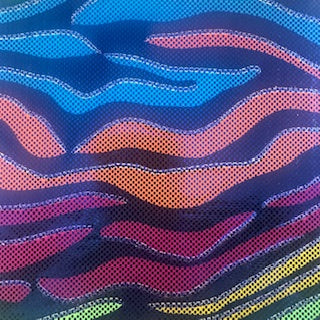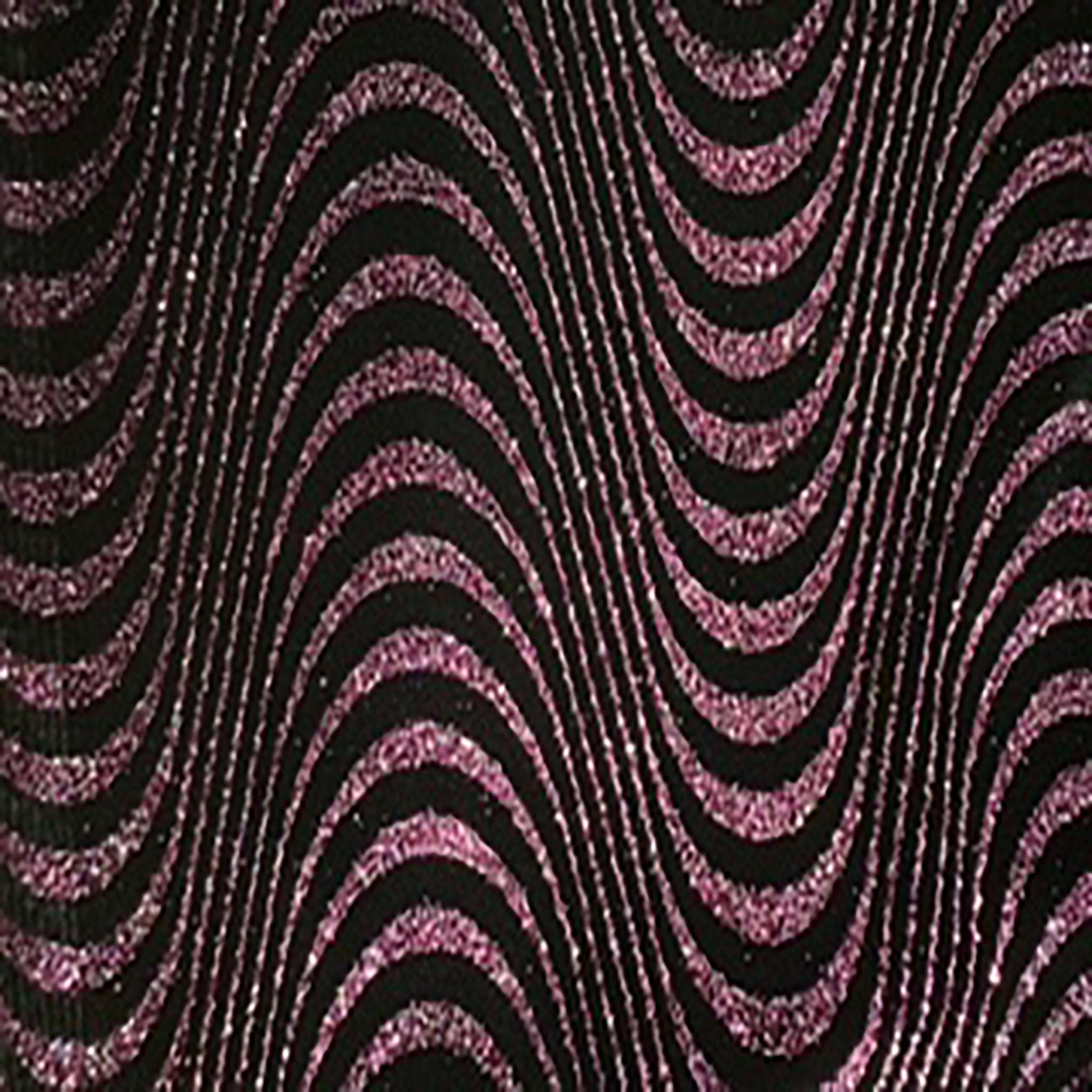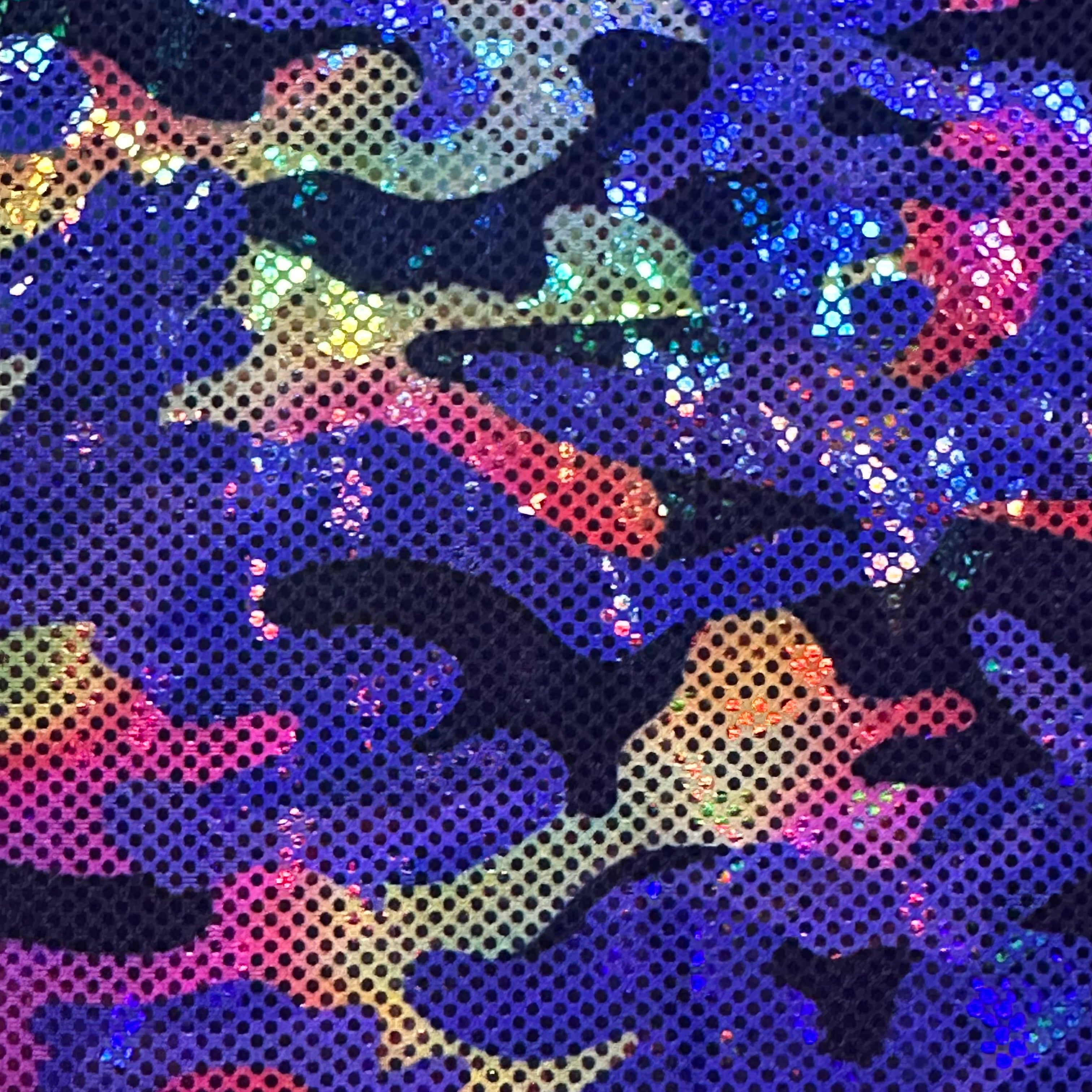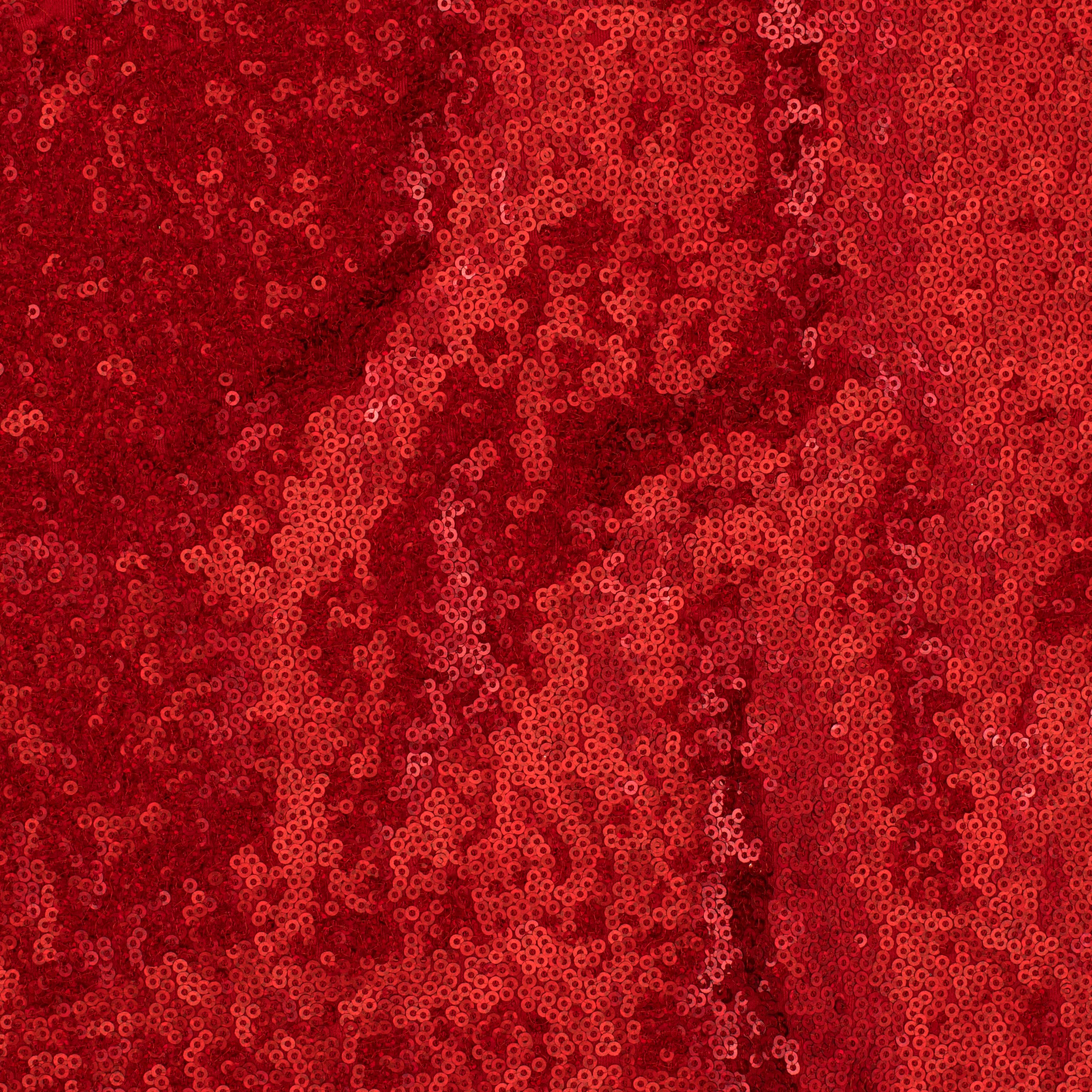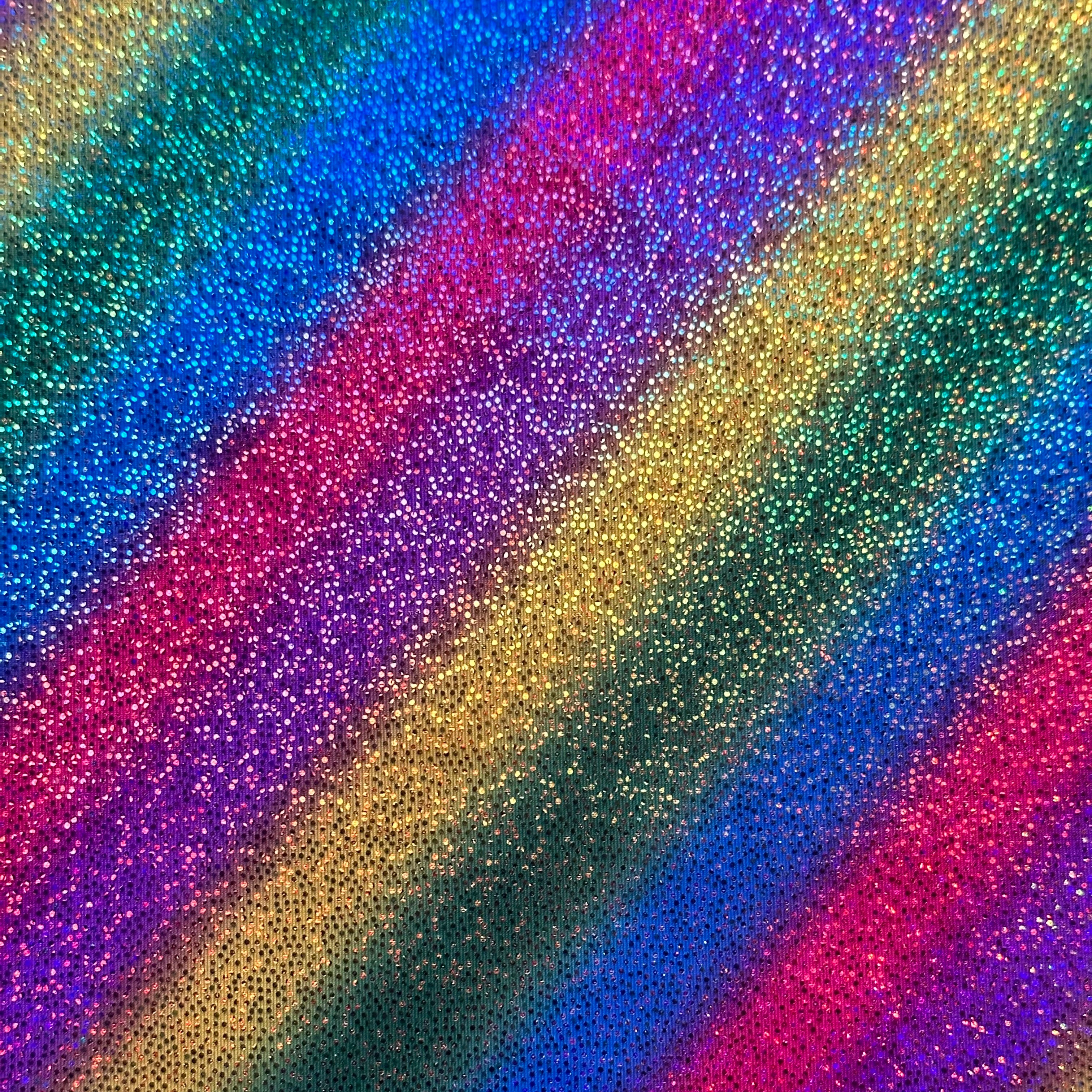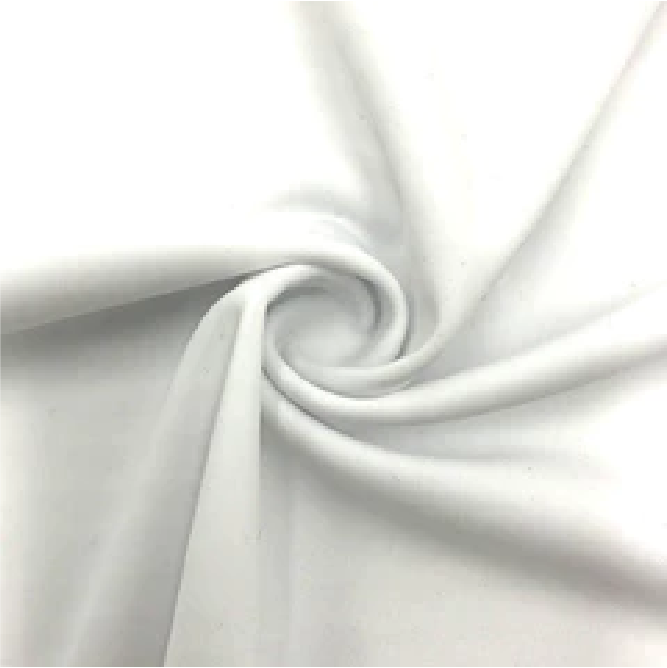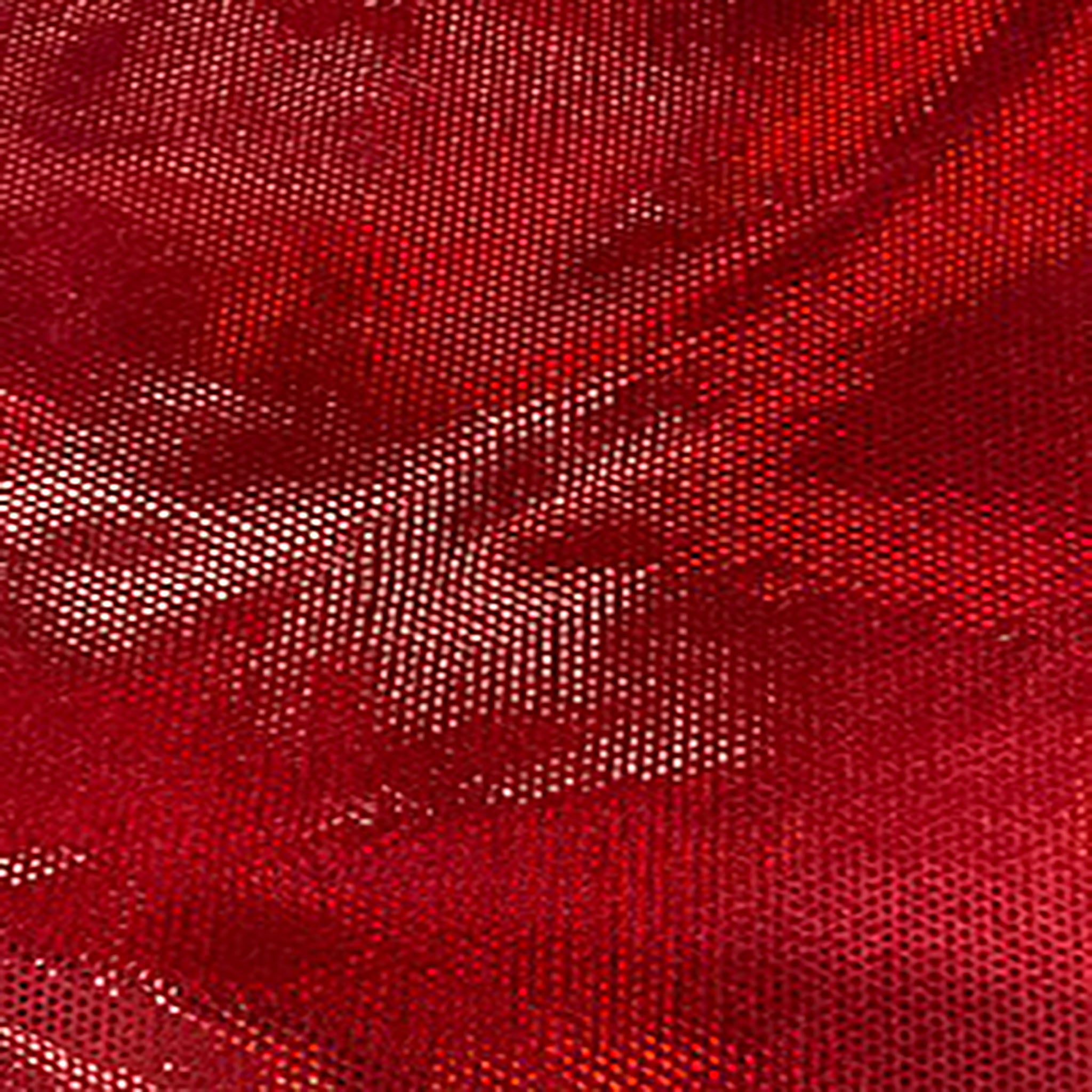Fabrics are an essential part of our everyday lives, from the clothes we wear to the upholstery on our furniture. One popular fabric that has gained prominence in recent years is spandex. Known for its elasticity and stretchability, spandex has become a staple in sportswear, athleisure, and even casual wear. However, many people wonder whether spandex is more expensive compared to other basic fabrics. In this blog, we will delve into the world of fabric economics and explore the relative cost of spandex in comparison to other commonly used materials.
Understanding Spandex: Spandex, also known as Lycra or elastane, is a synthetic fiber known for its exceptional elasticity. It was first developed in the late 1950s and has since found a multitude of applications in the textile industry. Spandex is often blended with other fibers, such as cotton, polyester, or nylon, to enhance comfort and flexibility. This versatile fabric has become increasingly popular in the production of activewear, swimwear, leggings, and form-fitting garments.
Factors Affecting Fabric Costs: To assess the relative expense of spandex compared to other basic fabrics, it's crucial to understand the factors that influence fabric costs. Here are a few key considerations:
-
Raw Material Costs: The cost of raw materials significantly impacts fabric prices. Natural fibers like cotton, wool, and silk are derived from agricultural sources and can be influenced by factors such as weather conditions, availability, and production costs. Synthetic fibers like polyester, nylon, and spandex are derived from petroleum-based chemicals, and their costs may be influenced by oil prices and manufacturing processes.
-
Manufacturing Processes: The complexity and energy requirements of manufacturing processes can impact fabric costs. Fabrics that require intricate production techniques, such as specialized weaves or finishes, may incur higher expenses. Additionally, the use of specific dyes, printing methods, or treatments can also influence the final price.
-
Supply and Demand: Market dynamics play a crucial role in fabric costs. If a particular fabric is in high demand and supply is limited, prices may increase. Conversely, if a fabric is abundant and demand is low, prices may decrease. The popularity of certain fabrics in fashion trends and seasonal demand fluctuations can affect their relative costs
-
Unique Properties: Spandex offers exceptional elasticity and stretch, making it an ideal choice for form-fitting and athletic garments. The specialized properties of spandex require advanced manufacturing techniques, contributing to its higher cost compared to basic fabrics.
-
Blending Ratios: While spandex is often blended with other fabrics like cotton or polyester to enhance comfort and flexibility, the inclusion of spandex in a fabric blend can increase its overall cost. Higher spandex content in a fabric blend generally results in a more expensive end product.
-
Market Demand: The growing popularity of activewear and athleisure has increased the demand for spandex-based fabrics. As a result, the supply and demand dynamics have influenced the pricing of spandex compared to other basic fabrics.

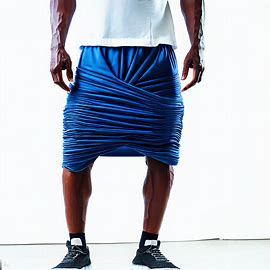


 Comparing Spandex to Basic Fabrics: When comparing spandex to basic fabrics such as cotton, polyester, and nylon, it's important to note that spandex is typically more expensive. This price discrepancy can be attributed to several factors:
Comparing Spandex to Basic Fabrics: When comparing spandex to basic fabrics such as cotton, polyester, and nylon, it's important to note that spandex is typically more expensive. This price discrepancy can be attributed to several factors: